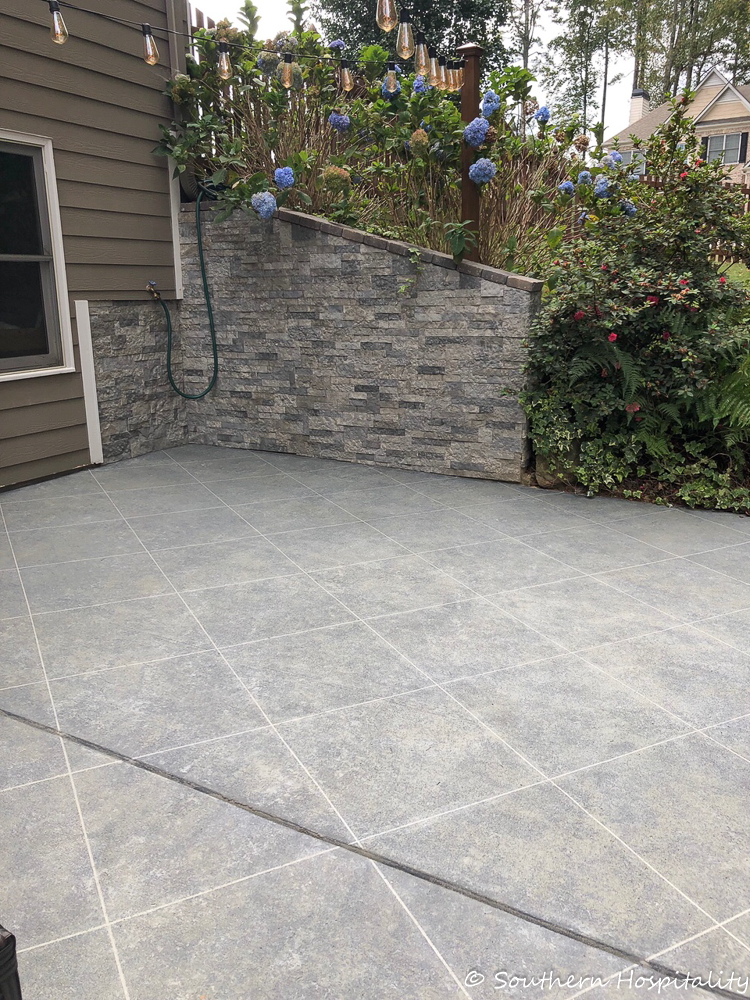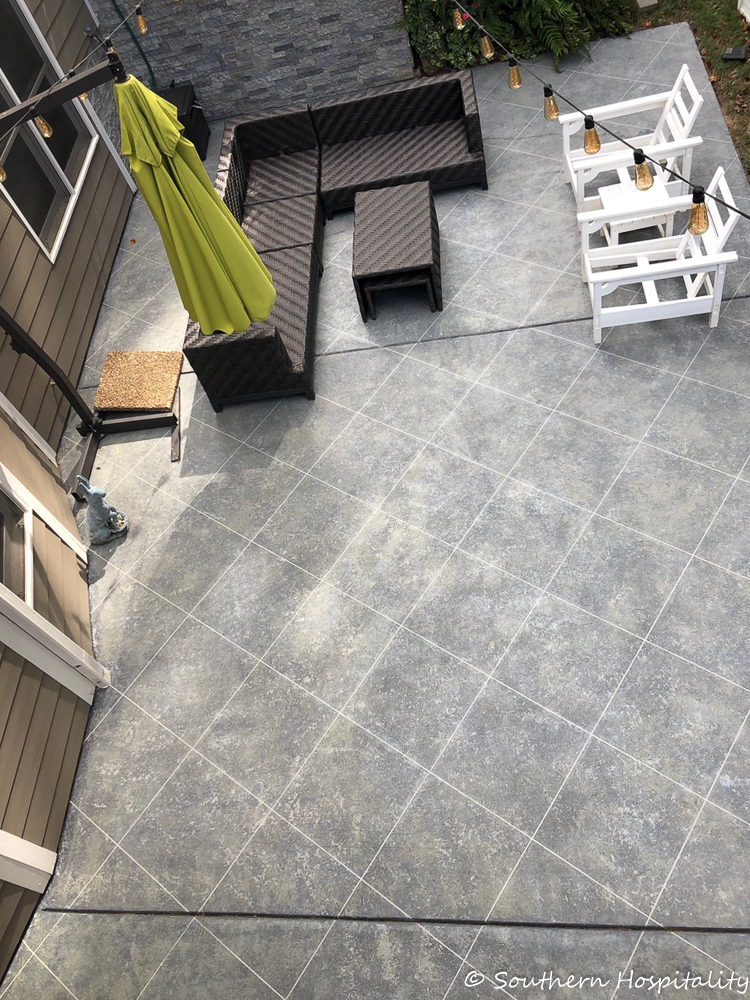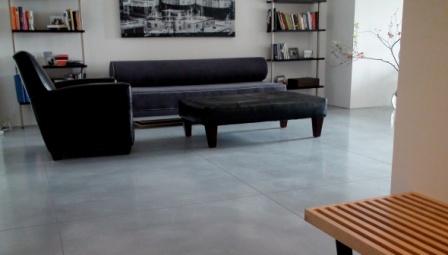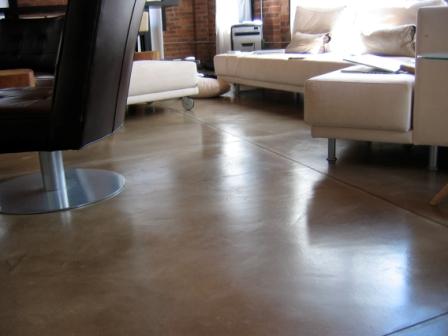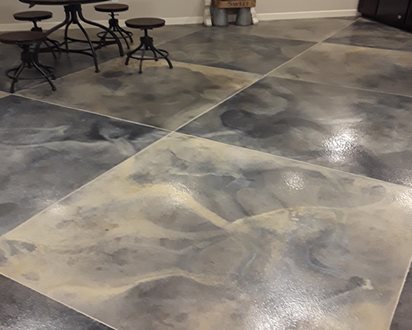Preparing the Concrete Surface Steps to Ensure a Smooth Base for the Tile Effect
Before you can achieve a tile effect on a concrete floor, it is essential to properly prepare the surface. This will ensure a smooth and even base for the tile application. The following steps will guide you through the process of preparing the concrete surface:
- Clean the Surface: Start by thoroughly cleaning the concrete surface. Remove any dirt, dust, or debris using a broom or vacuum cleaner. If there are any stains, use a suitable cleaner or degreaser to eliminate them. It is important to have a clean surface to ensure proper adhesion of the tile material.
- Repair Any Damages: Inspect the concrete surface for any cracks, holes, or uneven areas. Repair these imperfections using a suitable concrete patching material. Follow the manufacturer’s instructions to properly apply and cure the patch. This step is crucial to ensure a level and uniform surface for the tile effect.
- Smooth the Surface: Once the repairs have cured, it is time to smooth out the concrete surface. Use a concrete grinder or sander to remove any roughness or high spots. This will create a level base for the tile application. Make sure to wear protective gear and follow the manufacturer’s instructions for safe and effective use of the equipment.
- Clean and Vacuum Again: After smoothing the surface, clean the area again to remove any dust or debris from the grinding process. Vacuum the entire surface to ensure a clean and dust-free base for the tile effect. Any remaining particles can affect the adhesion of the tile material and compromise the final result.
- Apply a Primer: To enhance the adhesion of the tile material and create a stronger bond, it is recommended to apply a primer. Choose a primer specifically designed for concrete surfaces and follow the manufacturer’s instructions for application. Allow the primer to dry completely before proceeding with the tile installation.
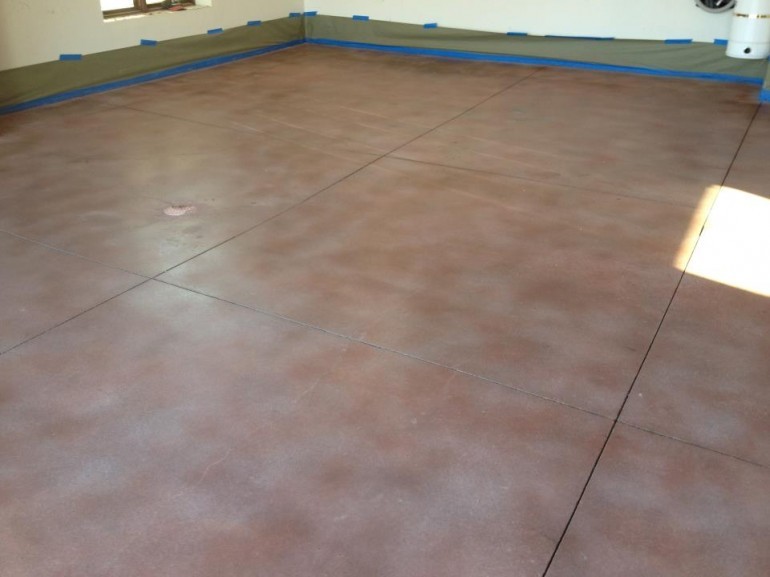
Applying the Base Coat
To achieve a tile-like texture on concrete, applying a base coat is crucial. The base coat acts as the foundation for creating the desired tile appearance. Here are the techniques for applying the base coat to make a concrete floor look like tile:
Surface Preparation: Before applying the base coat, it is important to prepare the concrete surface. Start by cleaning the floor thoroughly to remove any dirt, dust, or debris. Use a stiff brush or pressure washer to ensure a clean surface. Repair any cracks or imperfections in the concrete and allow it to dry completely.
Priming: Applying a primer helps in enhancing the adhesion of the base coat to the concrete surface. Choose a primer specifically designed for concrete surfaces. Apply the primer evenly using a roller or brush, following the manufacturer’s instructions. Allow the primer to dry completely before proceeding to the next step.
Mixing Base Coat: Select a base coat material that is suitable for achieving a tile-like texture. These base coats are often available in powder form and need to be mixed with water according to the manufacturer’s specifications. Follow the instructions carefully to obtain the desired consistency.
Applying the Base Coat: Start by cutting in the edges of the floor using a brush or roller. Then, use a paint roller or trowel to apply the base coat to the rest of the floor. Work in small sections to ensure even coverage. Apply the base coat in thin layers, following the recommended thickness specified by the manufacturer. Use a trowel to create the desired texture, resembling the look of tiles. Allow the base coat to dry completely before moving on to the next step.
Sanding and Smoothing: Once the base coat is dry, use sandpaper or a sanding block to smooth any rough edges or imperfections. Sanding will help create a more authentic tile-like texture on the concrete surface. Wipe away any dust or debris with a damp cloth.
Sealing: To protect the base coat and enhance its appearance, apply a sealant. Choose a sealant that is compatible with the base coat material. Apply the sealant using a roller or brush, ensuring even coverage. Allow the sealant to dry completely before subjecting the surface to foot traffic.
Creating the Tile Pattern Methods to Design and Layout the Tile Effect on the Concrete Floor
There are several methods that can be used to create a tile effect on a concrete floor, transforming it into a visually appealing and durable surface that resembles actual tiles. These methods vary in complexity and can be adjusted based on personal preferences and the desired outcome. Here are some common techniques used to achieve the desired tile pattern.
Stenciling: Stenciling is a popular method that involves using pre-cut stencils to replicate the look of individual tiles. The stencils can be applied to the concrete floor using paint or a concrete overlay material. This method allows for a high degree of customization, as various stencil designs can be used to create different tile patterns. The stencils can be removed once the paint or overlay material has dried, leaving behind a clean and uniform tile effect.
Scored Lines: Scored lines are another method commonly used to create a tile pattern on a concrete floor. This technique involves using a special tool known as a concrete scorer to create shallow grooves in the concrete surface. These grooves can be made in a variety of designs, such as straight lines, grids, or diagonal patterns, to mimic the appearance of individual tiles. Once the scoring is complete, the grooves can be filled with a contrasting color or left as is for a more subtle effect.
Tiling Over: Tiling over the existing concrete floor is a more traditional approach that can be used to achieve the desired tile effect. This method involves applying a layer of thin-set mortar or adhesive to the concrete surface and then laying the tiles directly on top. The tiles can be arranged in various patterns, such as straight, diagonal, or herringbone, to create the desired tile effect. This method provides a more authentic look, as the tiles used are actual ceramic or porcelain tiles.
Stamping: Stamping is a technique that involves using specially designed stamps to create the appearance of individual tiles on a concrete floor. The stamps are pressed onto the wet concrete surface, leaving behind imprints that resemble tiles. This method allows for a wide range of tile patterns and designs to be created, including natural stone, brick, or even wood textures. Once the concrete has cured, the surface can be stained or colored to enhance the tile effect.
Finishing Touches Tips for Sealing and Maintaining the Tilelike Appearance of the Concrete Floor
To achieve a tilelike appearance for your concrete floor, it is important to focus on the finishing touches, which include sealing and maintaining the surface. These steps will not only enhance the aesthetic appeal but also provide protection and longevity to your concrete floor. Here are some tips to help you achieve the desired tilelike appearance and keep it looking flawless:
Proper Cleaning: Before sealing your concrete floor, it is crucial to clean it thoroughly. Remove any dirt, dust, or debris using a broom or vacuum cleaner. For stubborn stains, use a mild detergent and a scrub brush to gently clean the surface. Rinse with water and allow the floor to dry completely before moving on to the next step.
Sealing: Applying a high-quality sealer is essential to protect the concrete floor and maintain its tilelike appearance. There are various types of sealers available, including acrylic, epoxy, and polyurethane. Choose a sealer that is specifically designed for concrete floors and follow the manufacturer’s instructions for application. Apply the sealer evenly using a roller or sprayer, ensuring complete coverage. Allow the sealer to dry as per the instructions before proceeding.
Enhancing the Tile Effect: To further enhance the tile-like appearance of your concrete floor, you can consider adding decorative elements. Stencils, stamps, or scoring techniques can be used to create patterns that mimic the look of tiles. These methods allow you to customize the design and achieve a unique and personalized look.
Regular Maintenance: Once your concrete floor is sealed and has the desired tilelike appearance, regular maintenance is crucial to preserve its beauty. Sweep or vacuum the floor regularly to prevent dirt and debris from scratching the surface. Avoid using harsh cleaning agents or abrasive materials that can damage the sealer. Instead, opt for pH-neutral cleaners and a soft mop or cloth for routine cleaning.
Periodic Reapplication: Over time, the sealer on your concrete floor may wear off due to foot traffic and other factors. It is important to periodically reapply the sealer to maintain the tilelike appearance and protect the concrete surface. The frequency of reapplication will depend on the type of sealer used and the level of usage the floor receives. Refer to the manufacturer’s guidelines for the recommended resealing schedule.
Faux Cement Tile: Bold Look, Less Hassle
New Tile Patio Floor Reveal! – Beneath My Heart
Faux Cement Tile Painted Floors Tile floor diy, Diy flooring
How To Make Concrete Floors look like large tiles? Duraamen
How to Make Concrete Look Like Marble Floors – Concrete Network
DIY Concrete Floor Cheap Home DIYs Design Mom
DIY Stain Your Concrete to Look Like Tile
Danamac Concreteu0027s Blog Concrete floors, Refinishing furniture
Faux Cement Tile DIY – A Beautiful Mess
Related Posts:
- DIY Stained Concrete Floors In Homes
- Concrete Floors Look Like Marble
- Concrete Floor Slab Mix Ratio
- Dark Brown Concrete Floor Paint
- Pretty Concrete Floors
- Stained Concrete Floors For Homes
- Decorative Concrete Floor Ideas
- Pouring A Concrete Floor In A Garage
- How To Get Smooth Concrete Floor
- Epoxy Coating On Concrete Floor
